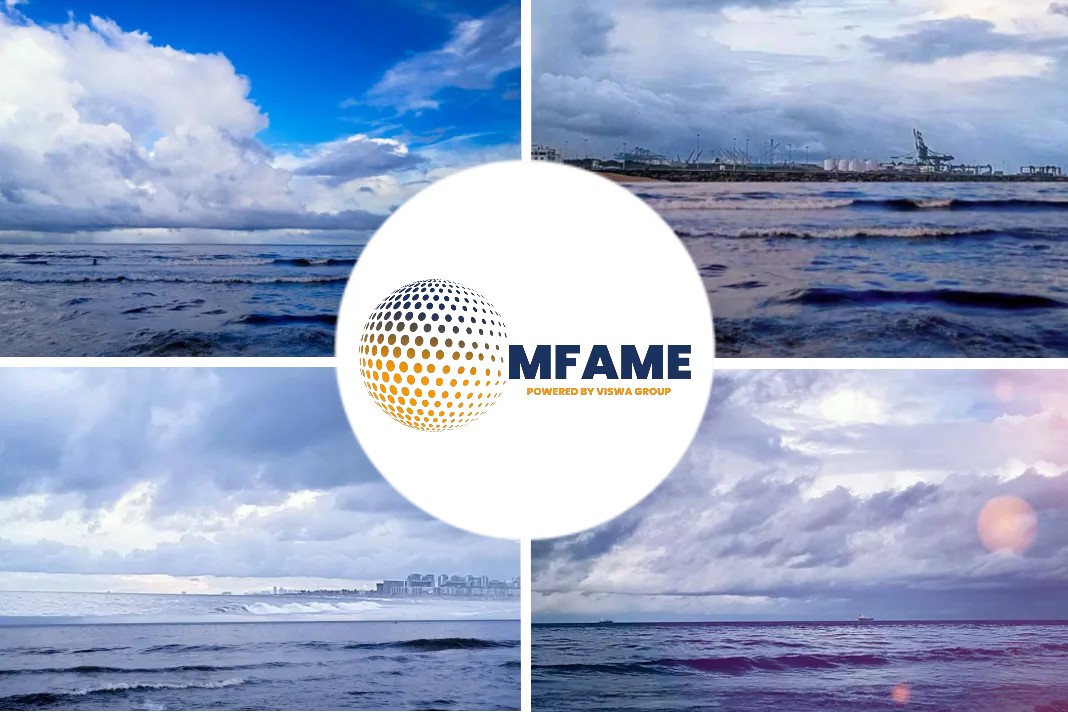- Fundamentals point to slow recovery in freight rates
- Slower inventory stock draws to dampen tanker demand
- Marine bunker spreads to provide little support to scrubber installations
Tanker markets are facing a tough first half of the year, with crude oil demand forecasts for 2021 reflecting further downside as the global economy struggles under the weight of a resurgence of COVID-19 cases and tighter measures to control the pandemic, reports Platts.
Delay in freight rate recovery
Despite the Q4 2020 optimism following the start of vaccination campaigns, substantial inoculation of the population will only take place in the second half of 2021 for OECD countries, delaying the much-awaited recovery in freight rates hoped for by tanker owners.
According to S&P Global Platts Analytics, demand for crude will recover by 6.3 million b/d in 2021 but remain 2.4 million b/d below 2019 levels as restrictions endure through the first half of 2021.
In addition, while the East outperformed the West in terms of demand recovery in 2020, re-emergence of cases in Korea and Japan could also dampen demand for crude in the coming months.
Demand met by stock draws
On the supply side, upward adjustments for crude are likely to provide little relief to freight rates. OPEC+ members continue to monitor supply for demand not to surpass supply by increments that would propel crude prices to a level that would stimulate US onshore crude production.
Consequently, an 500,000 b/d of incremental OPEC+ production starting Jan. 2021 was agreed on Dec. 3. However, the uptick in shipments will provide little respite for freight rates given the span of the increment across the member states.
“The volumes equate to just one additional Aframax tanker loading daily and will do little to boost demand for the global crude fleet or lift rates,” said Lloyds List in a research note.
In addition, the increase in demand will also be met by stock draws, which have declined since August 2020 and are only expected to accelerate towards in the second half of 2021, according to S&P Global Platts Analytics.
Floating storage to continue unwinding
As floating storage hires start to come to an end across 2021, more tankers are expected to flood an already-overtonnaged market. Crude oil markets are predicted to remain mostly in backwardation across 2021, consistent with pulling from surplus lower cost storage onshore, according to Platts Analytics.
Therefore, scant hopes remain for further floating storage demand or renewal of current contracts, leaving the prospects for freight rates tied to lagging oil demand.
In terms of new orders, while the tanker orderbook is the lowest in 10 years, new vessel contract signings picked up in October and November 2020. The uptick in orders translated in total orders for the year not to fall far short from 2019 and 2020 levels as earlier predictions may have indicated.
“We are already expecting three new Suezmaxes to be delivered this month,” a Suezmax broker said. “The market is already flooded with ships and we do not need new units.”
On the other hand, overall scrapping levels, which have been minimal over 2020 as older units were used for floating storage, are predicted to pick up over the next few years. The proportion of VLCCs older than 16 years has more than doubled since 2013 to reach 21.5%, according Platts Analytics.
Increased availability of VLSFO to provide relief to owners
With 2020 proving full of surprises for the bunker market as HSFO prices remained supported amid supply tightness, market participants will continue monitoring the spread between VLSFO and HSFO to inform investment decisions regarding scrubber installations in 2021.
The spread between VLSFO and HSFO basis delivered Rotterdam reached 2020 lows on Aug. 21 at $27/mt, down from a peak of $309/mt on Jan. 3, 2020, amid the pandemic-related demand destruction and better than expected supply of VLSFO.
Crash in jet fuel demand
Pressure on VLSFO fuel is likely to roll over into 2021, as the recovery in oil products demand will translate into higher production of fuel as a byproduct, increasing the overall supply and reducing fuel costs for owners. The crash in demand for jet and road fuels caused refiners to rein back production in 2020, limiting that of marine fuels as well and supporting the price over Q4 2020, analysts said.
Bullish 2021 for HSFO
For HSFO, the sentiment is more bullish into 2021 as OPEC+ members curbed production of medium sour crudes, a key feedstock for these marine fuels, Chris Midgley, Global Director for Platts Analytics, said Nov. 26 at the S&P Global Platts Mediterranean Bunker Fuel and Shipping virtual conference.
More demand is expected for 3.5% bunker in the coming year as the depressed differentials did not deter scrubber installations as much as expected. According to Platts Analytics, 27% of the orderbook was for scrubber-fitted ships in 2020, with expectations for demand of the HSFO from vessels to rise from 18% in 2020 to 28% in 2025.
Did you subscribe to our daily newsletter?
It’s Free! Click here to Subscribe!
Source: Platts























